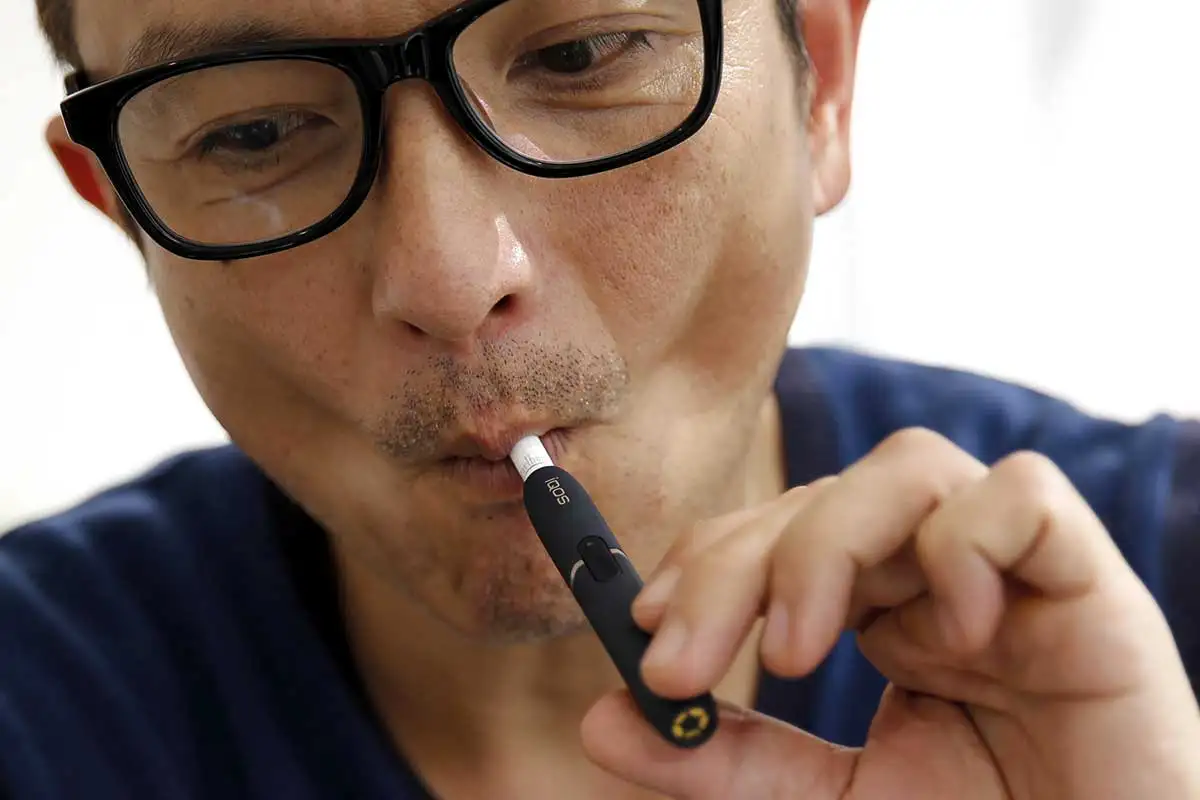Smoking has been a prevalent habit for generations, but its well-documented health risks have prompted many individuals to seek alternatives. Fortunately, a variety of smoking alternatives have emerged that offer the satisfaction of smoking without the harmful effects of traditional tobacco. In this article, we’ll explore some of these alternatives and their potential benefits.
- E-Cigarettes (Vaping)
Electronic cigarettes, commonly known as e-cigarettes or vapes, have gained popularity as a smoking alternatives. These devices work by heating a liquid (e-liquid or vape juice), which is then inhaled as vapor. Here are some key points about vaping:
- Reduced Harm: While not entirely risk-free, vaping is generally considered less harmful than smoking traditional cigarettes. It eliminates many of the harmful chemicals produced by burning tobacco.
- Nicotine Control: Vapers have the option to choose e-liquids with varying nicotine concentrations, allowing them to gradually reduce nicotine intake or opt for nicotine-free options.
- Flavor Variety: E-cigarettes come in a wide range of flavors, catering to different preferences and providing a more enjoyable experience for users.
- Smoking Cessation Aid: Some smokers have successfully used vaping as a tool to quit smoking, gradually reducing their nicotine consumption.
- Heat-Not-Burn Tobacco Products
Heat-not-burn (HNB) devices, such as IQOS, offer an alternative to traditional smoking. These devices heat tobacco rather than burning it, producing an aerosol that users inhale. Key points about HNB products include:
- Reduced Harm: Like vaping, HNB products produce fewer harmful chemicals compared to combustible cigarettes, making them a potentially less harmful choice.
- Tobacco Experience: HNB devices aim to replicate the taste and ritual of smoking traditional cigarettes, which may appeal to smokers looking for an alternative experience.
- Smokeless Tobacco Products
Smokeless tobacco products, including snus and chewing tobacco, provide nicotine without the need for combustion. These alternatives are typically placed in the mouth and are not smoked. Key aspects of smokeless tobacco products include:
- No Inhalation of Smoke: Smokeless products eliminate the inhalation of harmful smoke, reducing the risk of respiratory problems.
- Nicotine Delivery: Smokeless tobacco products deliver nicotine to the bloodstream, satisfying cravings for smokers.
- Oral Health Concerns: While they may be less harmful than smoking, smokeless tobacco products are associated with oral health issues, including gum disease and oral cancer.
- Nicotine Replacement Therapy (NRT)
Nicotine replacement therapy includes products like nicotine gum, patches, lozenges, and inhalers. These over-the-counter options provide controlled doses of nicotine to help users quit smoking. Key points about NRT include:
- Gradual Nicotine Reduction: NRT allows smokers to gradually reduce their nicotine intake while managing withdrawal symptoms.
- Non-Combustible: NRT products do not involve smoking or inhaling any substances, making them a safer alternative.
- Effectiveness: NRT can be an effective tool for quitting smoking when used as part of a comprehensive cessation program.
Conclusion
For individuals looking to reduce the health risks associated with smoking, exploring smoking alternatives can be a worthwhile endeavor. These alternatives offer varying levels of harm reduction and allow individuals to make choices that best align with their preferences and goals. It’s important to note that quitting smoking altogether remains the healthiest choice, but for those who struggle to quit, these alternatives can provide a less harmful path. Before adopting any alternative, it’s advisable to consult with a healthcare professional to determine the most suitable approach for individual needs and health goals.



